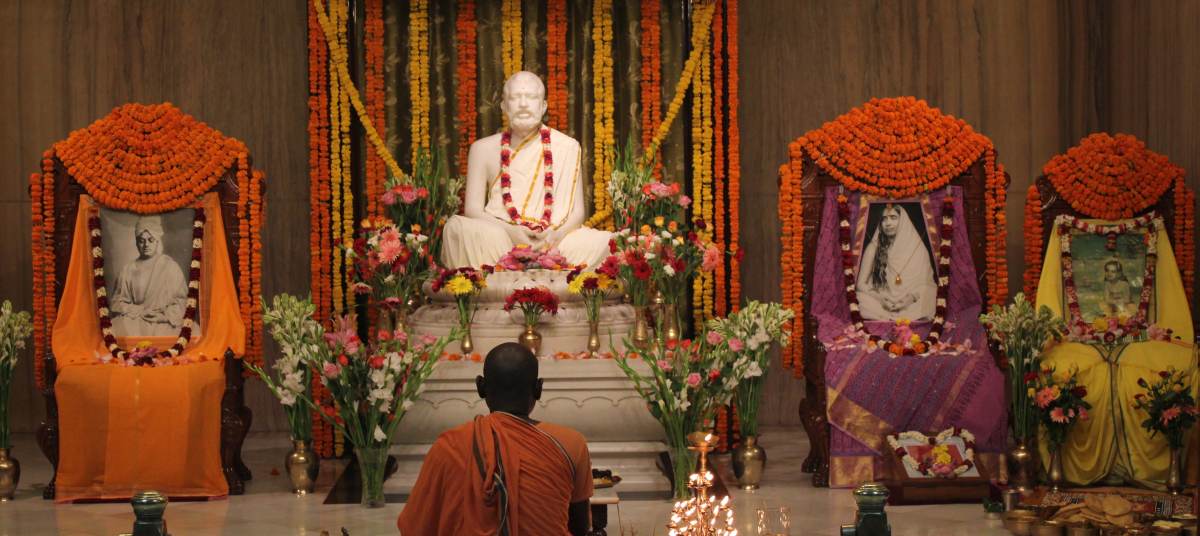Sri Ramakrishna would often impress upon his devotees the role of a spiritual teacher or guru in the spiritual life of aspirants. He would say that unless the guru has tremendous spiritual power and is capable of liberating the disciple, then both the guru and the disciple will be in difficulty.
He used to narrate an incident which occurred at Dakshineswar Kali Temple where he spent a major part of his life on earth. One day he was going towards the pine grove to perform some ablutions. On his way he heard a frog’s croaking noise. He didn’t pay attention and went ahead.
After some time when he was on his way back to his room, he still heard the croaking noise. He was surprised and tried to find out what was happening. He went near the place from where the sound was coming and was surprised by what he saw. It was a pathetic sight. A water snake was trying to swallow a big frog. It could neither swallow the frog nor put an end to its agony, nor could the frog escape from its mouth.
Thus, both the water snake and the frog were suffering. Sri Ramakrishna observed that had it been a cobra, the frog would have died after giving out a cry of death thrice because the bite of a cobra is so poisonous that it is capable of killing the frog in a matter of minutes.
Thus, Sri Ramakrishna would emphasise the importance of the spiritual guru. That is why, in our shastras, it is said that the Guru should be established in Brahman or the highest non-dual knowledge, should be endowed with an extraordinary memory power to retain the essence of the scriptures just after hearing once and should be free from desires. Such a teacher alone is capable of leading a spiritual aspirant to the ultimate goal of life, i.e. freedom from all bondages.
– by Swami Shantatmananda, published in the ‘Sacred Books of the East’ column, Sunday Guardian, 14th Sep 2013
